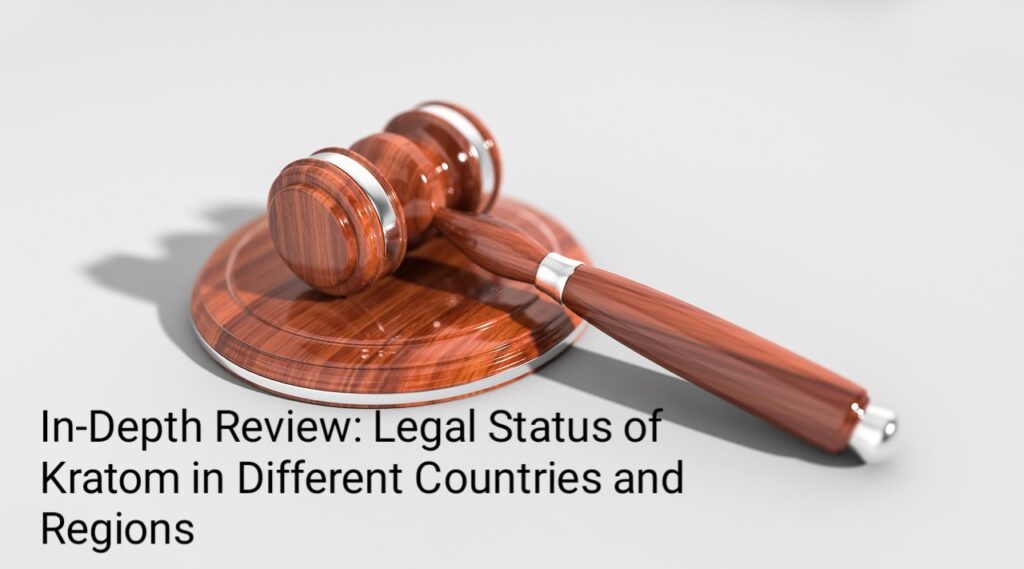Kratom, scientifically known as Mitragyna speciosa, is a tropical tree native to Southeast Asia, primarily found in countries like Thailand, Indonesia, Malaysia, and Papua New Guinea. It has gained significant attention globally due to its alleged medicinal properties and recreational use. Here’s a comprehensive look at kratom, covering its uses, effects, controversies, and legal status.
Traditional Uses and Forms

For centuries, locals in Southeast Asia have utilized kratom leaves for various purposes. Traditionally, it was used to alleviate fatigue, boost energy levels, relieve pain, and manage certain medical conditions. The leaves were often chewed raw or brewed into teas for consumption.
Kratom is available in various forms such as powder, capsules, extracts, and dried leaves. Each form has different potency levels and onset times, leading users to choose based on their preferences.
Mechanism of Action and Effects
The active compounds in kratom, mitragynine and 7-hydroxymitragynine, interact with opioid receptors in the brain, producing effects that are somewhat similar to opioids. These effects can include pain relief, relaxation, improved mood, and increased sociability. However, kratom’s mechanism of action isn’t fully understood, and more research is needed to determine its complete pharmacology.
Potential Benefits and Risks
Advocates of kratom highlight its potential benefits, including its use as an alternative to opioids for managing chronic pain, aiding in opioid withdrawal, and boosting energy. Some users also report enhanced focus and productivity.
However, concerns regarding kratom’s safety and potential adverse effects have emerged. These can include nausea, constipation, dizziness, dependency, and in severe cases, liver damage or seizures. Long-term use may also lead to tolerance and addiction.
Controversies and Legal Status

Kratom’s legal status varies worldwide. In many countries, it’s classified as a controlled substance or is entirely banned due to concerns about its safety and potential for abuse. In regions where it remains legal, regulations often govern its sale and distribution.
The controversy surrounding kratom stems from the lack of comprehensive research on its long-term effects, safety profile, and appropriate usage guidelines. Advocates argue for further studies to better understand its benefits and risks, while opponents emphasize its potential for addiction and adverse health effects.
Conclusion

Kratom remains a subject of ongoing debate among policymakers, medical professionals, and users alike. While some advocate for its potential therapeutic uses, others stress the need for caution due to insufficient research and potential risks associated with its consumption.
As the discussions and research on kratom continue, it’s crucial for individuals considering its use to consult healthcare professionals for guidance and to stay updated on the evolving understanding of its effects.

